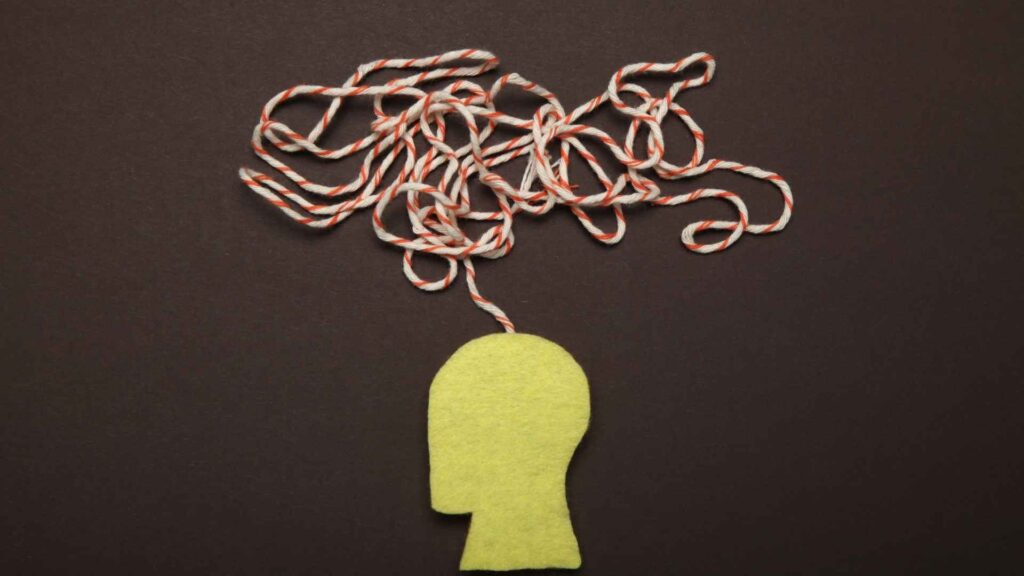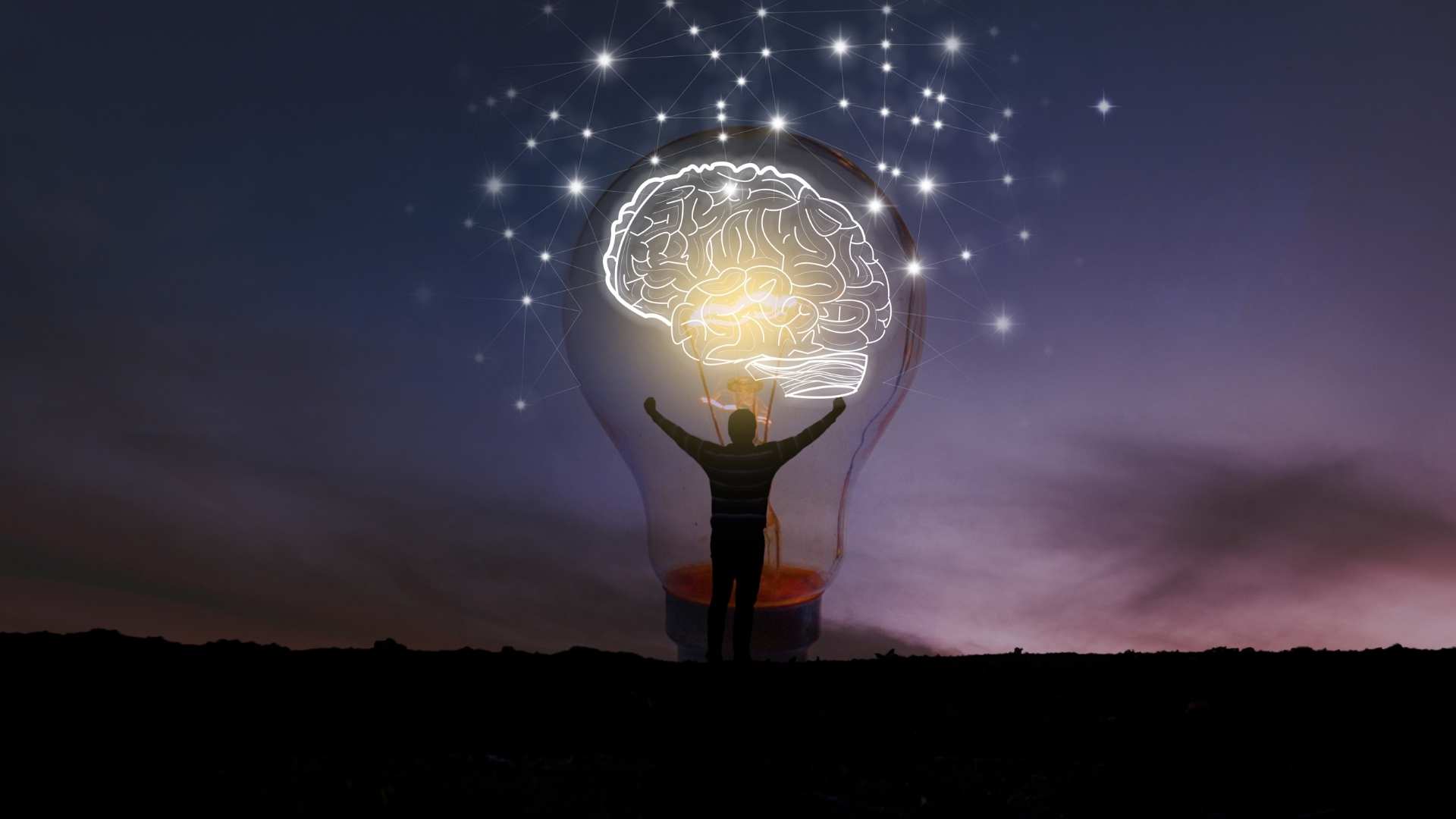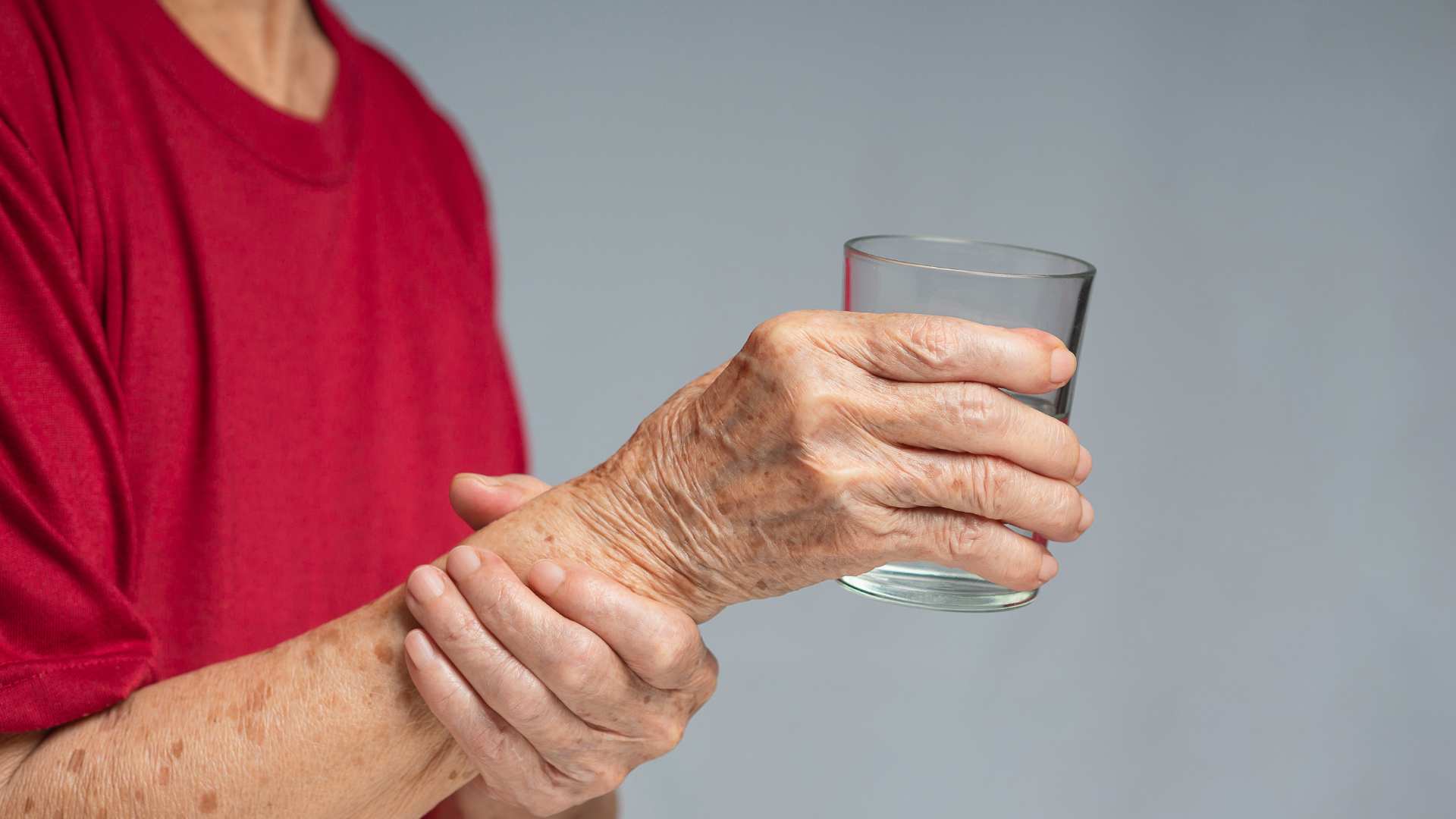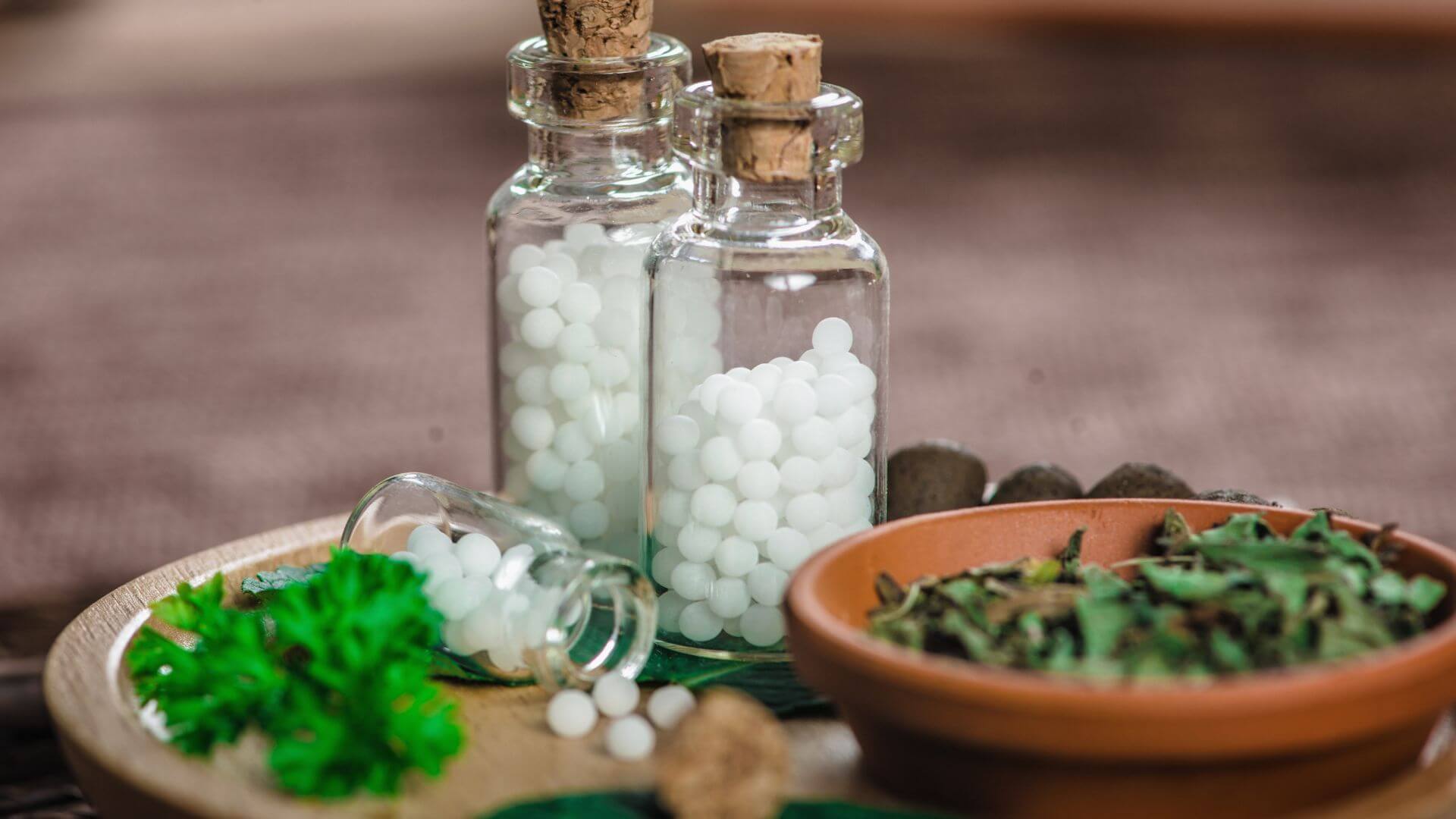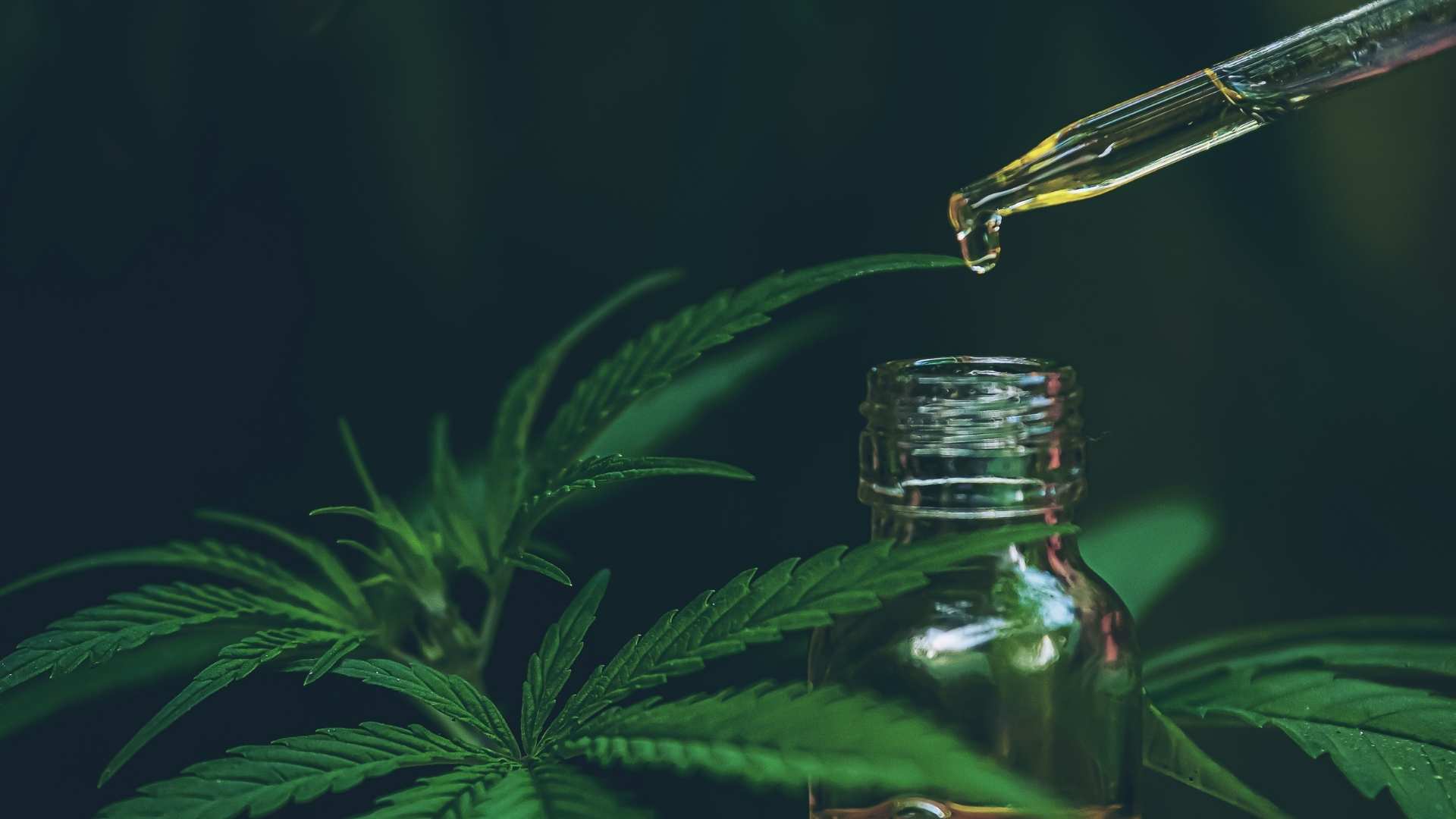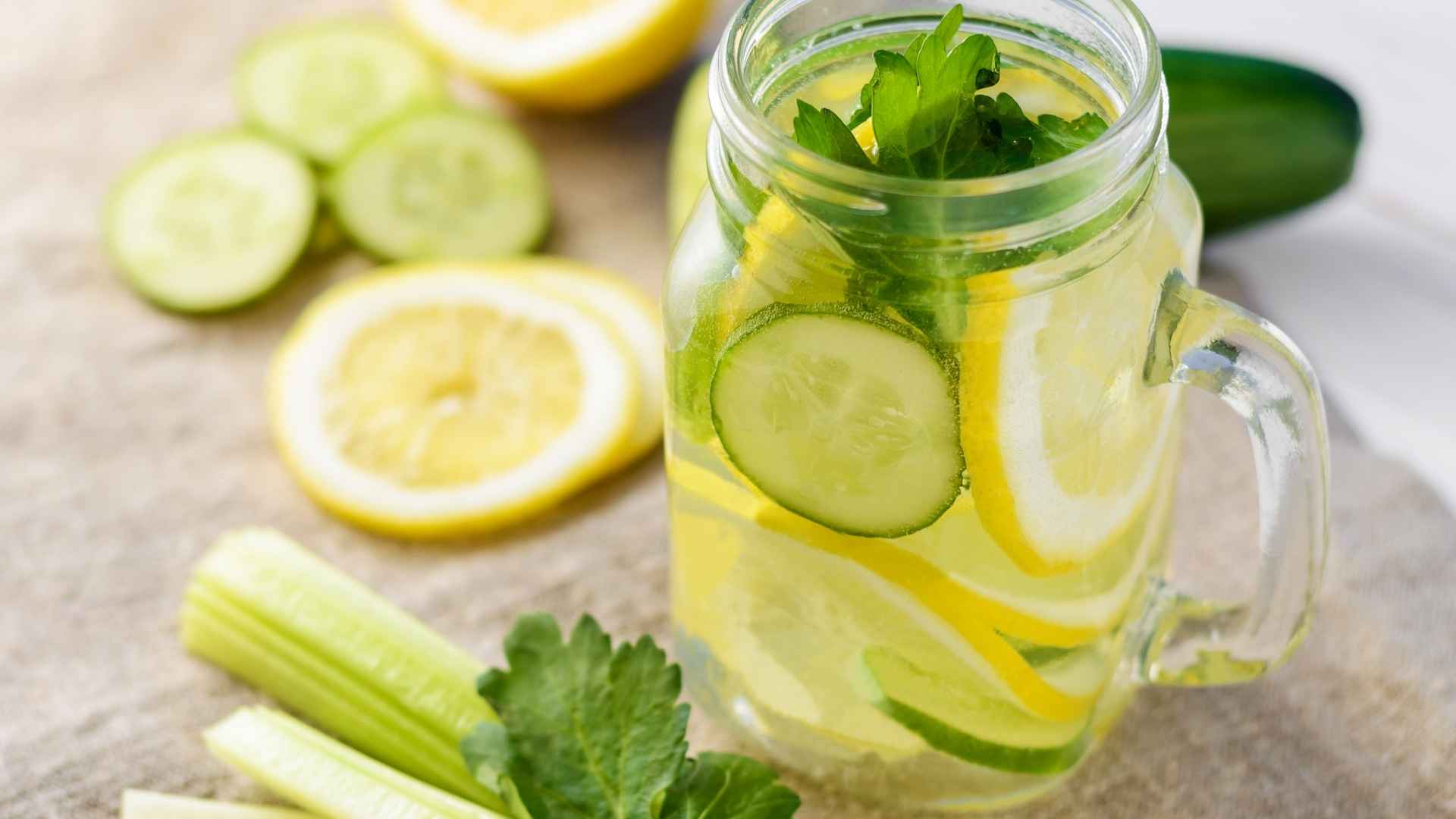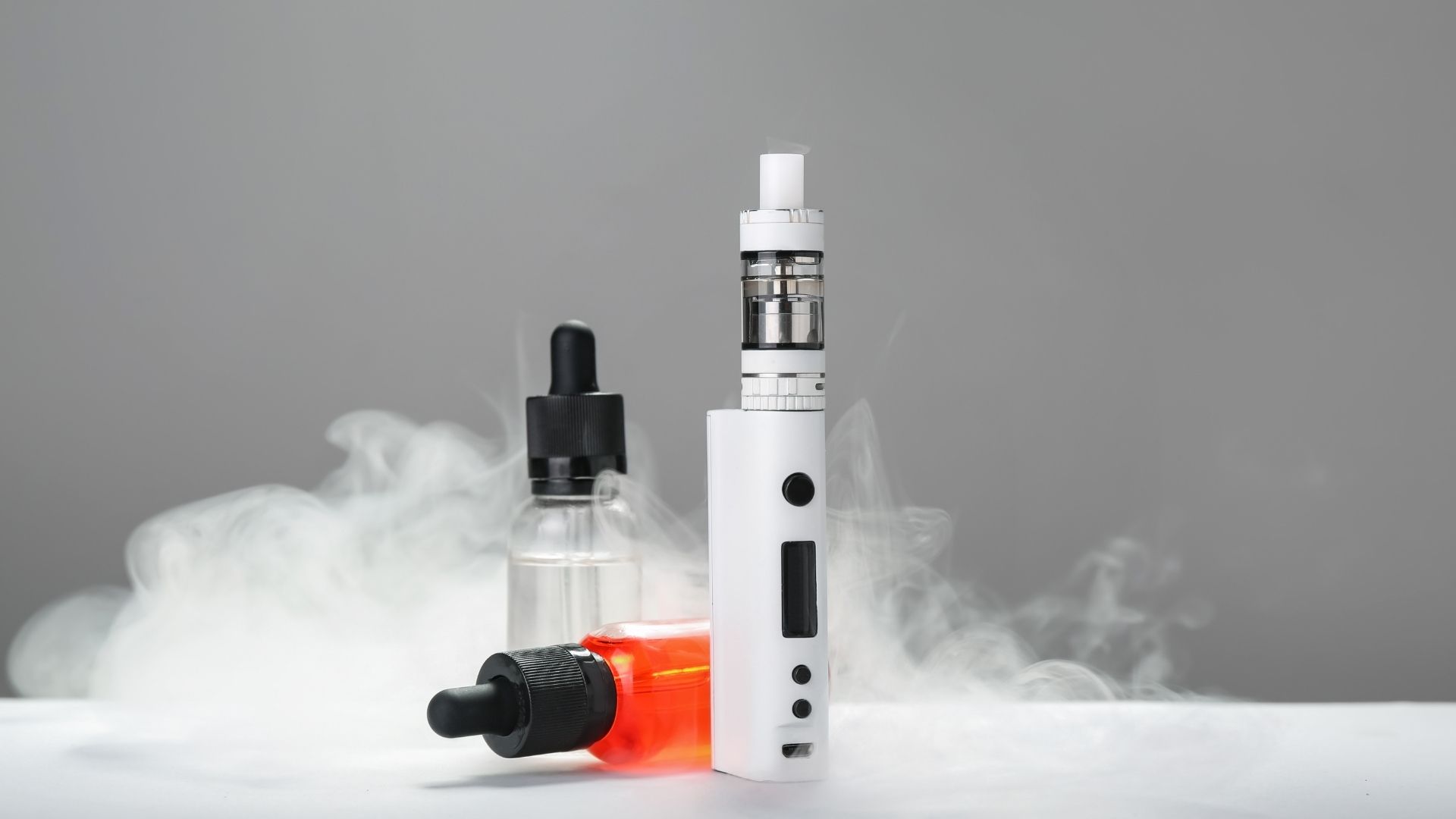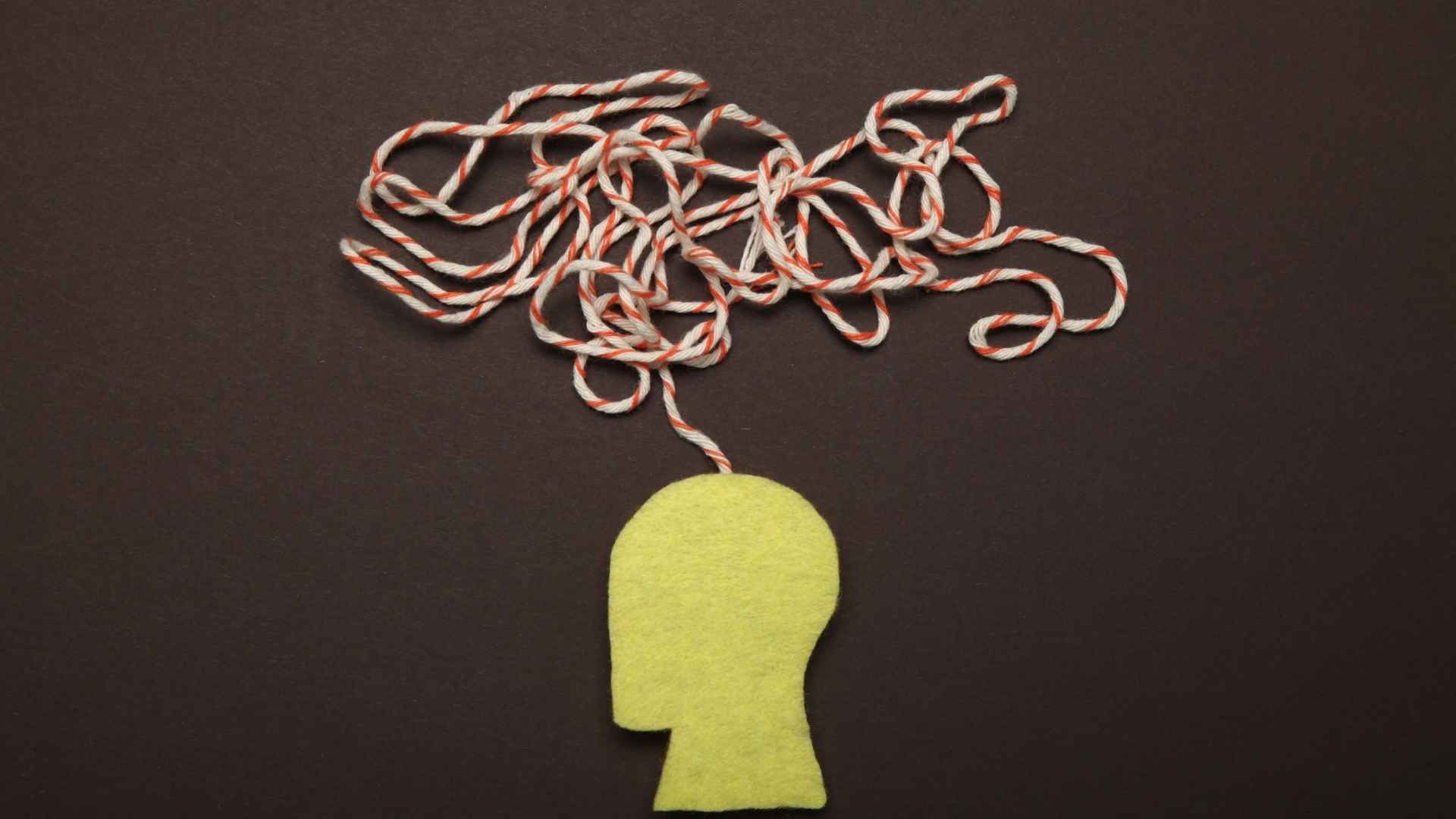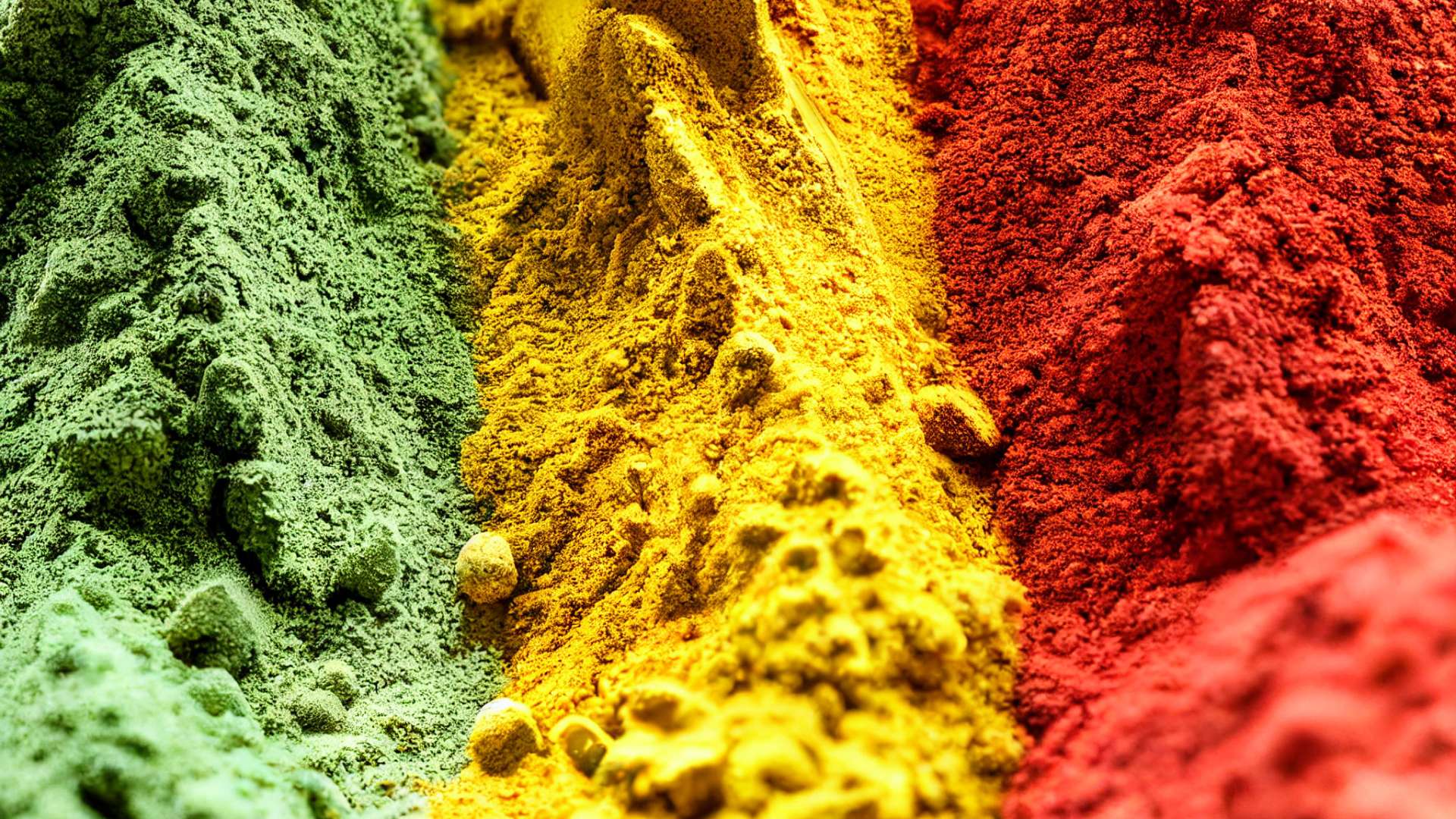Many people worldwide deal with anxiety disorders and addiction, and these two problems often affect them at the same time. People with this kind of disorder, identified as a “dual diagnosis” or “co-occurring disorder,” have specific problems to deal with, as do healthcare professionals.
Studies reveal it is necessary to address these problems at the same time because focusing on one problem alone is not enough for recovery.
In this blog, we’ll look into the connection between addiction and anxiety disorder, how the two affect one another, and explain why seeking combined treatment matters.
Understanding the Connection: Why Do Addiction and Anxiety Disorder Co-Occur?
The Prevalence of Co-Occurring Disorders
In the US, anxiety disorders and substance use disorders happen more frequently than any other psychiatric problems. The figures stand at 28.8% of all people having anxiety and 14.6% with substance use disorders.
These studies have proven that it is not unusual for these conditions to appear together. It has been found through research that people with anxiety disorders stand a chance of developing a substance use disorder in 33% to 45% of cases within 12 months.
Why Do They Co-Occur?
There are several reasons why anxiety and addiction so often go hand-in-hand:
- Self-medication: Quite a few people with anxiety use drugs such as alcohol, opioids, stimulants, or others to help reduce their symptoms for a short time. Such self-medication may soon turn into dependence or addiction.
- Substance-induced anxiety: Occasionally, substance use can increase or cause high anxiety, creating a situation that keeps happening.
- Shared risk factors: Having anxiety disorders along with substance use disorders have factors like genetics, struggling with stress, bad experiences, and brain issues.
- Mutual maintenance: Both factors usually maintain and worsen one another after they establish themselves in a society. When someone misuses substances, their anxiety may get worse, and at the same time, anxiety can urge them to keep using substances, so recovery is more difficult.
Types of Anxiety Disorders Commonly Linked to Addiction
Several anxiety disorders are frequently seen alongside addiction, including:
- Generalized Anxiety Disorder (GAD): Frequent and excessive stress over different things in life. Those who have GAD might use drugs or alcohol to ease their constant stress and tension.
- Social Anxiety Disorder (SAD): The fear of being in social situations and getting negatively judged. In situations where people are socializing, alcohol or drugs could be taken to relieve stress, and this can make them dependent on substances.
- Panic Disorder: People with anxiety disorder often panic quickly and are afraid that more attacks will happen. Sometimes, doctors will give substances to lessen or manage these episodes.
- Other anxiety disorders: People experiencing PTSD or OCD are more likely to use drugs and alcohol, but the said relationships are sometimes difficult to define.
The Cycle of Anxiety and Substance Abuse
How Anxiety Leads to Addiction
People with anxiety disorders may use substances to “self-medicate” and escape distressing symptoms. While this may provide short-term relief, it often leads to:
- Tolerance: Needing more of the substance to achieve the same effect.
- Dependence: Relying on the substance to function “normally.”
- Addiction: Losing control over substance use, even when it causes harm.
How Addiction Worsens Anxiety
Substance use can make anxiety worse, both in the short and long term:
- Withdrawal: Coming down from drugs or alcohol can trigger intense anxiety or panic attacks, especially with substances like alcohol or benzodiazepines.
- Brain changes: Chronic substance use can alter brain chemistry, making anxiety disorders more severe and harder to treat.
- Life consequences: Addiction can lead to social, financial, and legal problems, which in turn fuel anxiety and stress.
Panic Disorder, Substance Use Disorder, and Other Dual Diagnoses
Panic disorder and substance use disorder are considered difficult situations to handle. When someone stops drinking alcohol after being dependent, it can result in panic attacks, but those with panic disorder may also drink alcohol to ease their panic and risk becoming dependent.
Since anxiety and substance use often go together, it is important to manage them at the same time.
The Science: Why Treating Both Disorders Together Matters
The Chicken or the Egg Dilemma
Figuring out if the anxiety disorder appeared first or the addiction is usually not easy. Typically, more than three-quarters of comorbid cases have anxiety disorders before substance disorders develop, which goes with the idea of self-medicating.
However, as soon as both are present, they help each other to keep the system intact.
The Impact of Untreated Dual Diagnosis
A high chance of relapse happens when the main disorder is treated alone. For example, dealing only with addiction and not anxiety could put a person at risk of self-medication. Likewise, not dealing with substance use can make anxiety symptoms last or become worse.
Risk Factors for Co-Occurring Anxiety and Addiction
- Family history of mental health or substance use disorders
- Exposure to trauma or chronic stress
- Certain personality traits (e.g., shyness, distress in unfamiliar situations)
- Environmental factors, including early exposure to drugs or alcohol
- Medical conditions affecting the brain or nervous system
Signs and Symptoms: Recognizing Anxiety and Substance Use Disorders
Signs of Anxiety Disorder
- Excessive worry or fear
- Restlessness or feeling on edge
- Fatigue, difficulty concentrating
- Irritability
- Sleep disturbances
- Physical symptoms (e.g., muscle tension, headaches)
Signs of Substance Use Disorder
- Using substances in larger amounts or for longer than intended
- Unsuccessful attempts to cut down or stop
- Spending a lot of time obtaining, using, or recovering from substance use
- Cravings
- Neglecting responsibilities
- Continued use despite negative consequences
Signs of Co-Occurring Disorders
- Using substances to manage anxiety or panic attacks
- Worsening anxiety during periods of sobriety or withdrawal
- Difficulty functioning in daily life due to both anxiety and substance use
The Emotional Toll: Anxiety, Loneliness, and Drug Craving
Anxiety can make a person feel lonely and may also lead to wanting drugs. These effects may increase the possibility of depression and additional substance use.
This shows how important it is to focus on both the problems to be treated and the factors that helped cause them.
Integrated Treatment: The Gold Standard for Recovery
Why Integrated Treatment Works
Integrated treatment, addressing both anxiety and substance use disorders at the same time, is the most effective approach for dual diagnosis. Benefits include:
- Reduced risk of relapse: Treating both disorders together lowers the chance of returning to substance use or experiencing a resurgence of anxiety.
- Improved mental health: Addressing anxiety can make addiction treatment more successful, and vice versa.
- Better quality of life: Integrated care supports overall well-being, helping individuals rebuild relationships, work, and daily functioning.
Components of Integrated Treatment
Comprehensive assessment: Identifies both anxiety and substance use issues.
- Medication management: May include anti-anxiety medications, antidepressants, or medications for addiction (e.g., naltrexone, buprenorphine).
- Cognitive-behavioral therapy (CBT): Helps individuals manage anxiety and change substance use behaviors.
- Motivational interviewing: Encourages engagement in treatment and supports behavior change.
- Group and family therapy: Provides social support and addresses relationship issues.
- Relapse prevention planning: Teaches coping skills for both anxiety and substance use triggers.
Supporting a Loved One with Addiction and Anxiety Disorder
Helping someone with a dual diagnosis can be challenging. Here’s how you can support them:
- Educate yourself: Learn about both conditions and available treatments.
- Be compassionate: Listen without judgment and offer encouragement.
- Set boundaries: Avoid enabling substance use and prioritize your own well-being.
- Encourage treatment: Help your loved one find resources and accompany them to appointments if possible.
- Be patient: Recovery is a journey with ups and downs.
Final Thoughts
It is important and valuable to address addiction and anxiety disorders at the same time. Most of the time, these problems are tied together and feed into each other.
Treatment that deals with both disorders at the same time gives people the biggest chance of recovery, better mental health, and a higher quality of life. There is assistance available, and healing can happen if you or a close one suffers from anxiety and addiction.
More Readings:

